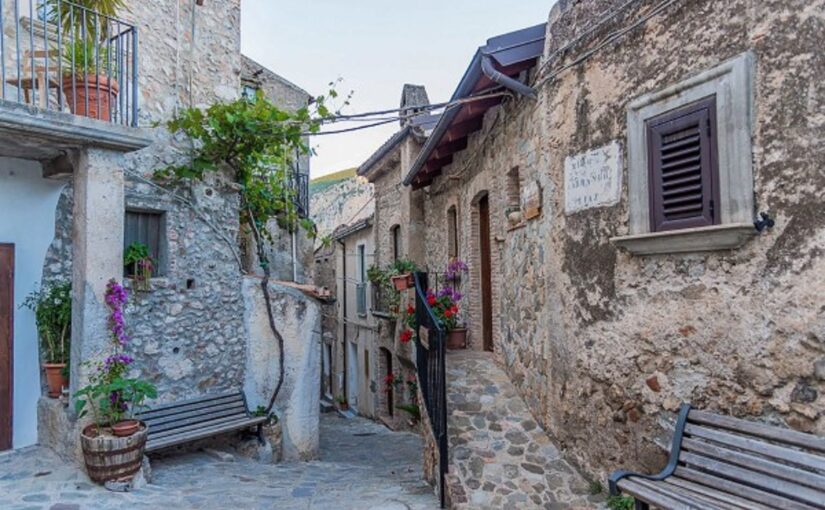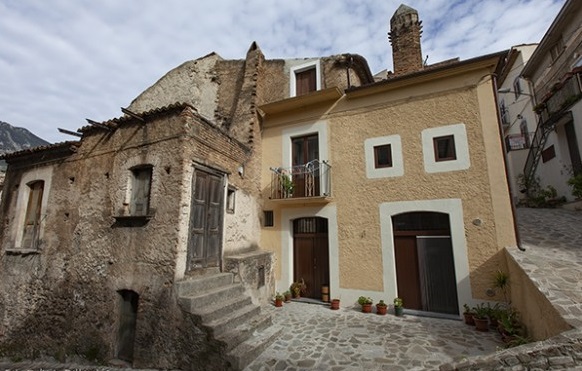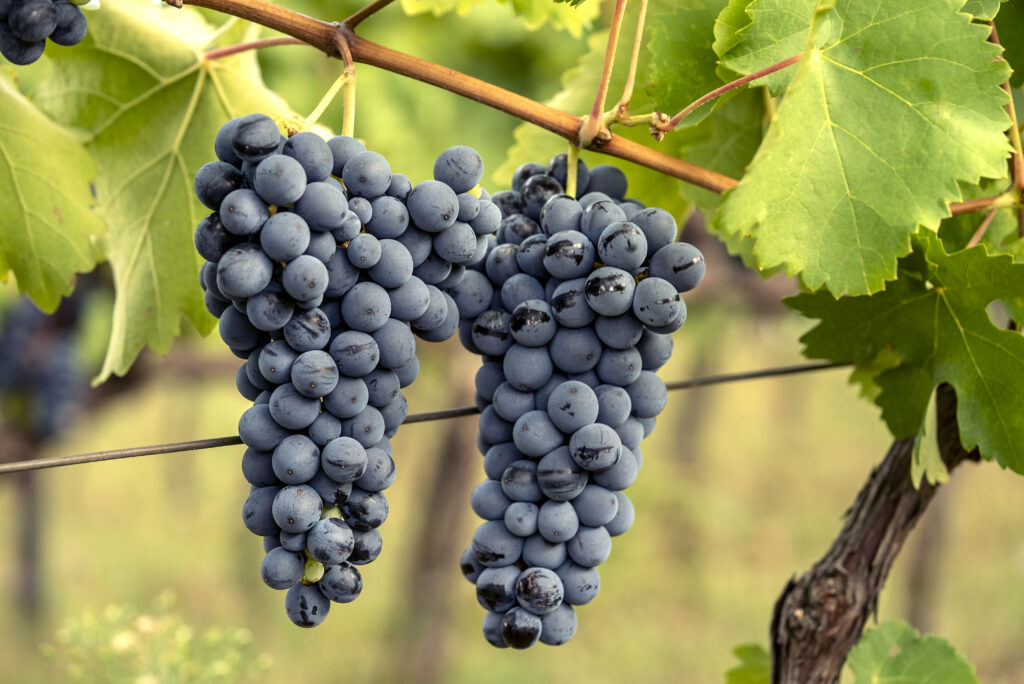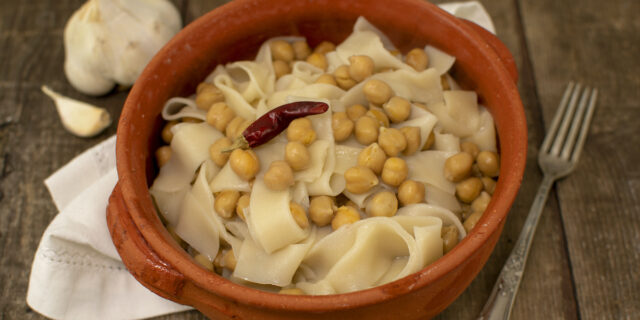3.7.2025
OUR BUSINESS PLAN
A new era is coming; our company is developping new skills, avaling of our mature expertise. This is an introduction, we are actively searching partners and clients.
Business Name: “SMAF- Export Activation”
– Developed by SMAF Ltd, Society for Mediterranean Authentic Food –
Our aim is transforming the current export company into a new distinctive asset, scalable and customizable according to each client producer.
A. “Secure Export” Project – Integrated Food & Legal Offer. Its Objective:
– To provide Italian producers, whether Calabrian or from other regions, with comprehensive legal coverage, reducing risks and facilitating entry into new markets.
– Offer Structure (3 Modular Levels)
| Level | Content | Target Segment |
| Basic | – Legal export checklist- Support with customs codes- Labelling consultation | Small businesses just starting out |
| Advanced | – Contract review and analysis- NDA, licensing, distribution, and agency support- Trademark registration in Italy/EU | Companies with active exports |
| Premium | – Due diligence on foreign partners- Trademark registration in USA/Asia- Compliance monitoring + litigation support | Producers with established markets |

B. Included Legal Services
(Provided within SMAF Ltd by the partner law firm)
- Export Contracting
- Distribution, licensing, and agency agreements
- Trademark Registration
- Italy, EUIPO, WIPO (for USA, China, etc.)
- Due Diligence
- Reliability and solvency checks on foreign distributors
- Legal Protection & Disputes
- Assistance with international legal disputes
- Compliance
- Food labeling in accordance with EU and non-EU regulations
- Compliance with safety and traceability standards
C. Law Firm – Export Company Collaboration Model
| Aspect | Details |
| Partnership | Law firm acting as outsourced legal partner |
| Branding | Co-branding of the mixed consultancy “SMAF Export-Activation” |
| Revenue Sharing | Fixed fee or % for each activated service |
| Training | Webinars and free introductory consultations for export clients |
| Ongoing Support | On-demand legal service upon request |

D. How to Present the Project to Producers
- Dedicated landing page: “Export Safely with Our Legal Experts”
- PDF informational brochure
- Case Study: “How a Calabrian company registered its trademark in France and signed a deal with a French importer”
- Project showcased at trade fairs or during meetings with buyers
E. How we help you
- LOGISTICS: SMAF Associates LTD uses or searches conveyors to achieve the best shipping. In particular, SMAF Associates LTD organizes food transportation by air, sea, road and combined transport.

- CUSTOMS: Practical customs clearance by means of competent shippers both via sea and land. SMAF Ltd is able to quickly customs clear your goods to and from abroad thanks to our customs service that takes care of all customs procedures:
- Definitive export;
- Definitive import;
- Entry into free circulation;
- Temporary exportation;
- Temporary importation;
- Introduction customs warehouse;
- Introduction VAT deposit;
- Assistance for the issue of an approved exporter certification.
Through the domiciled procedure and the AEO certification issued by the Customs and Monopoly Agency, customs clearance takes place in a rapid and direct manner. Our partners manage, on request, a private customs warehouse and an IVA deposit and are ready to provide you with an attentive advice on your customs practices thanks to the competence and the multi-year experience of our customs department which will give you the best way to customs operations of your business.
- INSURANCE: Insurance coverage through insurance agencies established in the industry, in the following fields:
- Civil Liability or contractual obligations incumbent upon the forwarder, Carrier, Logistic Operator, Depositary.
- Rates and conditions are the best in the international market and are a real competitive advantage.
Our work allows you to outsource the burden of:
- Identifying insurable risks and describe the insurance interest
- Treating the insurance conditions and support the customer in evaluating the most appropriate proposal
- Fulfilling contractual obligations
- Acting to get the liquidation of the claim.
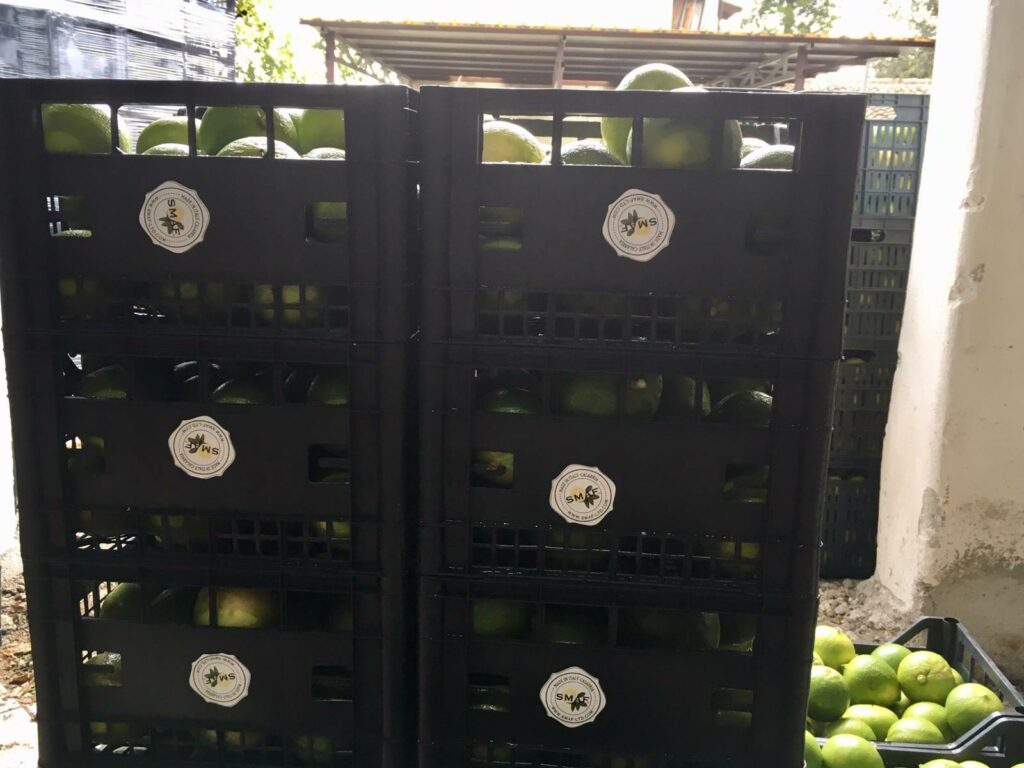
We also offer concrete help in correctly assessing and covering the liability risks assumed by law or by contract in respect of:
- Errors / omissions committed during execution of the mandate
- Loss or damage suffered by the goods taken for shipment / transport / storage
- Insurance for account.
- EXPERTISE: In order to carry out transport we may need insurance inquiries, our company uses authorized experts who also solves this specific problem.


